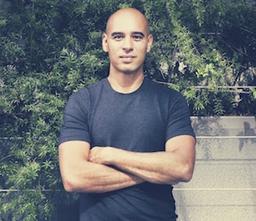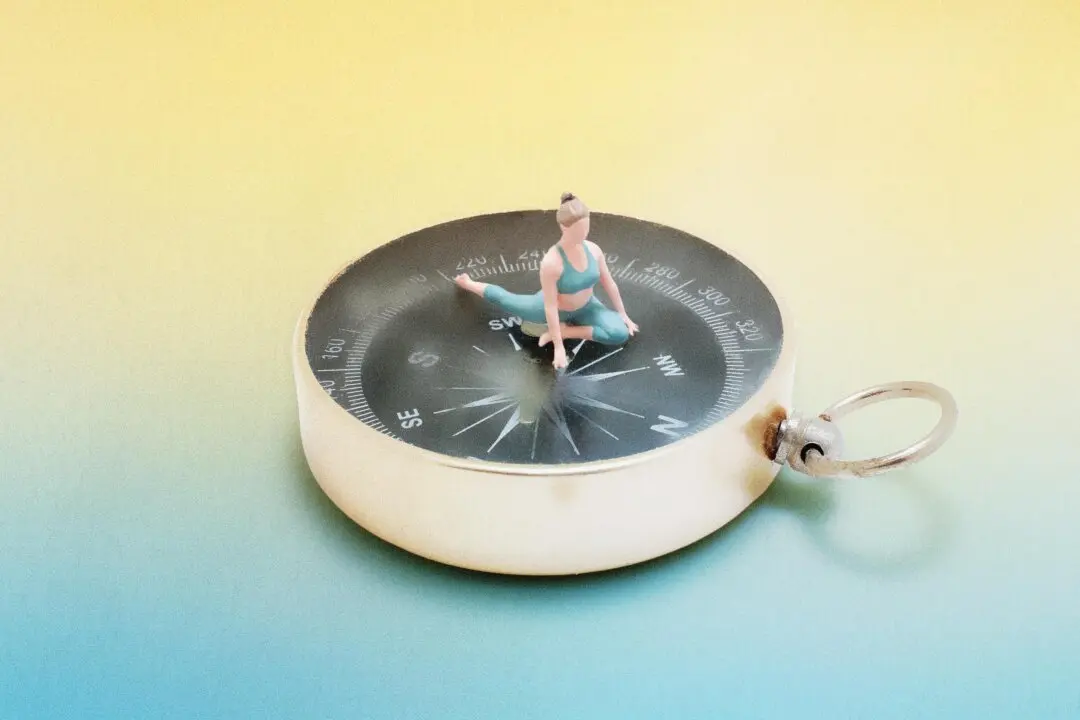One of the most powerful switches I ever made was switching up my self perception, the identity I held for myself. I didn’t do it overnight, but I did do it in multiple areas.
I changed to being a non-smoker from a smoker—and once I did, I stopped thinking of smoking as something to do when I was stressed.






